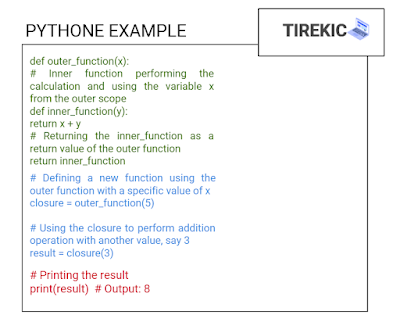In the world of software development and programming, Object-Oriented Programming (OOP) integrated with Functional Programming (FP). Both approaches focus on organizing programs but in different ways; functional programming organizes functions while object-oriented programming organizes the properties of functions. Object-oriented programming complements functional programming in the program organization phase. We have previously learned about Object-Oriented Programming Concepts, and today we'll explore Functional Programming and its role in building programs.
Functional Programming Concept
Functional programming focuses on organizing program functions and making them a fundamental component of the program. Functions within the program are treated as inputs and outputs for specific operations. Functional programming is widely used because it is "testable separately from the program," making it easy to understand and maintain.
Flexibility in Reusability
Functional programming excels in the reusability of functions, allowing functions to be used multiple times without the need to rewrite them. This enhances the development of programs faster and more accurately, facilitating software maintenance. Thus, functional programming is more widely used and popular among developers.
Advanced Concepts in Functional Programming
Functional programming provides advanced concepts that improve productivity and simplify code, including higher-order functions and closures.
1.Higher-Order Functions:
They are functions that accept other functions as parameters or return them as values from other functions.
_---.png)
This example uses the "multiply_by_two" function to multiply each element in the "numbers" list by 2. Then, the "process_list" function is used to apply a specified function (in this case, "multiply_by_two") to each element in the list. The processed result, containing the values modified by the "multiply_by_two" function, is printed.
2.Closures:
They are functions that contain variables from the outer scope where they were defined, and which can be accessed inside the function even after the execution of the outer scope where the function was defined has ended.
_---.png)
In this example, the definition of the outer function "outer_function" takes a variable "x" and returns an inner function "inner_function" that uses this variable. The closure "closure" created using "outer_function(5)" retains the value 5 assigned to "x" even after the execution of the outer function `outer_function` ends. Finally, the closure is used to perform an addition operation with another value, in this case, 3, resulting in the output 8.

